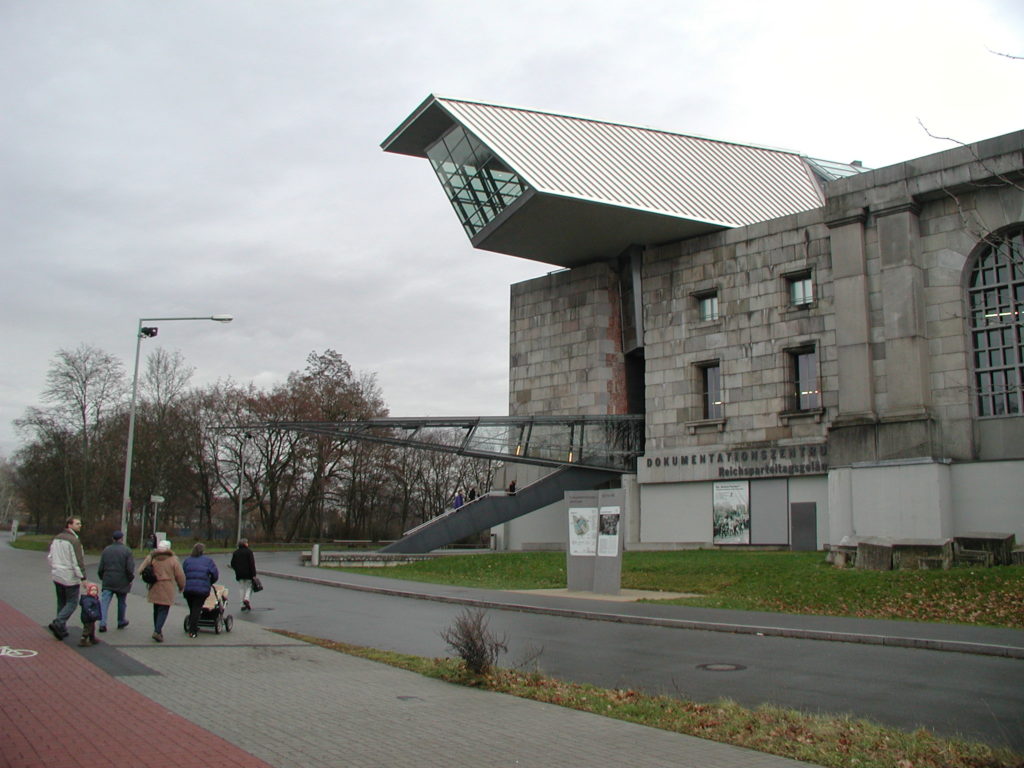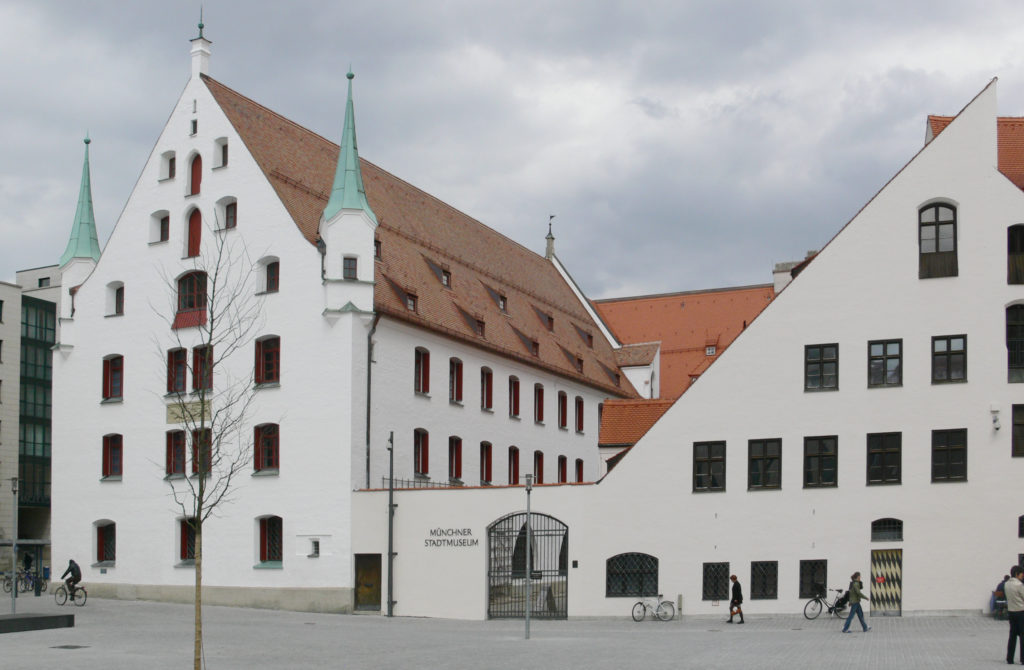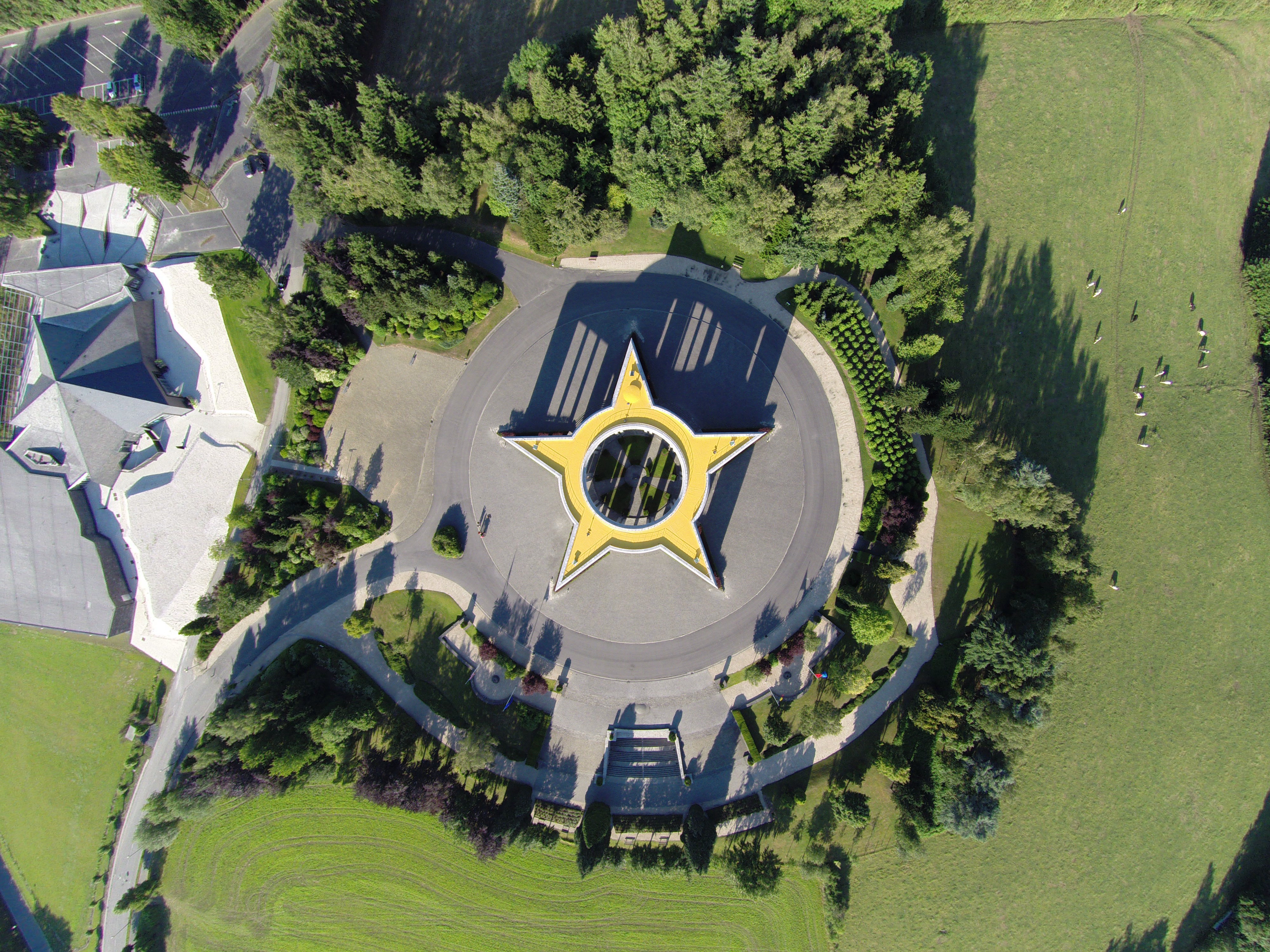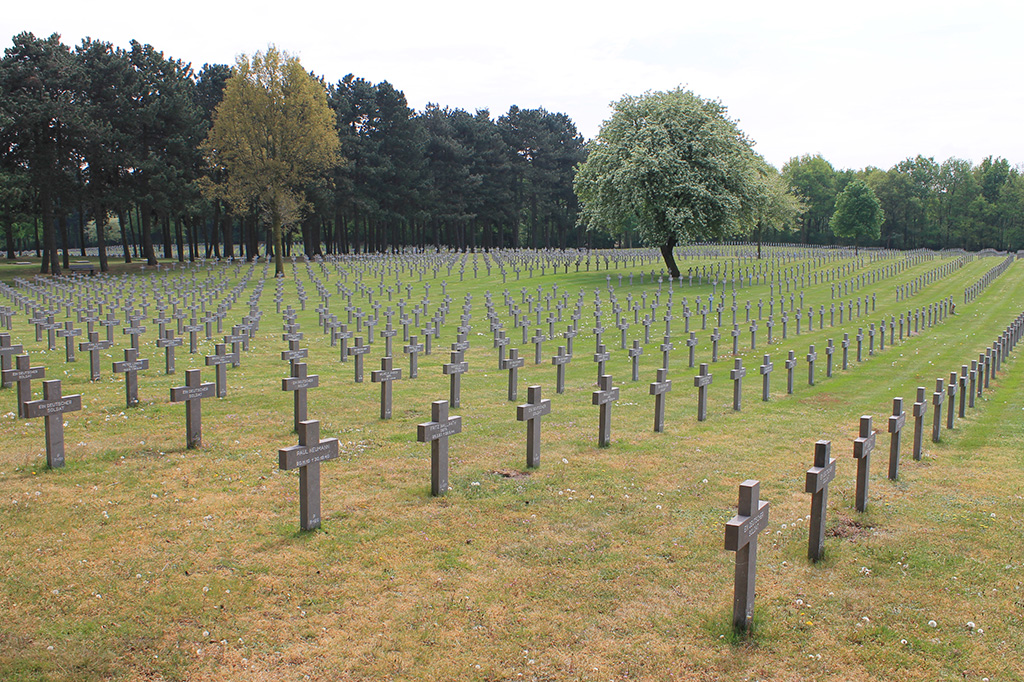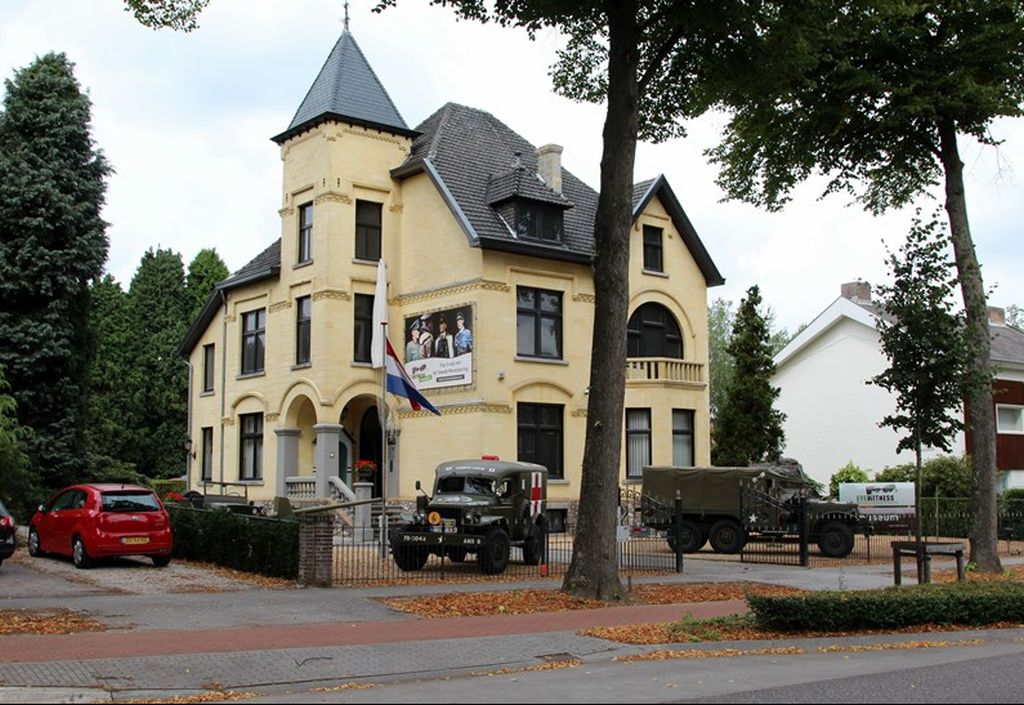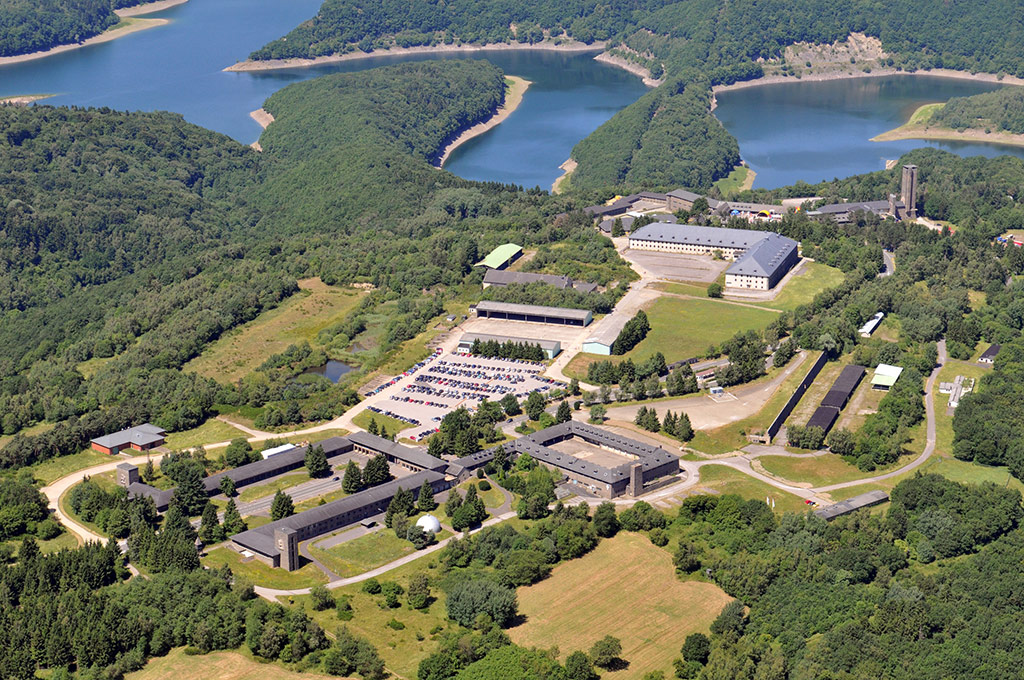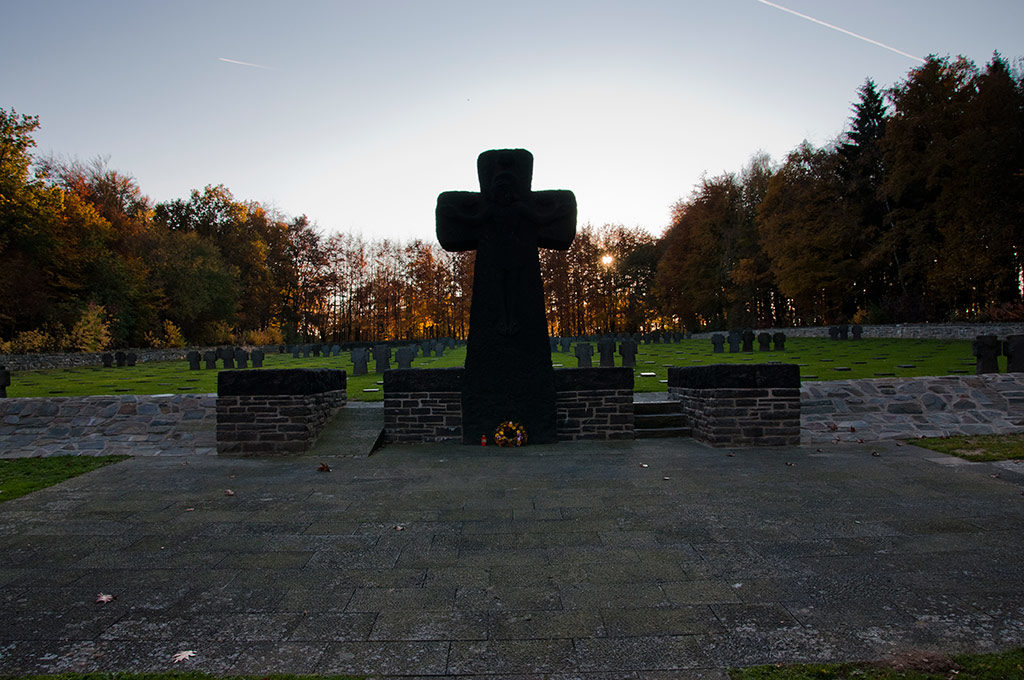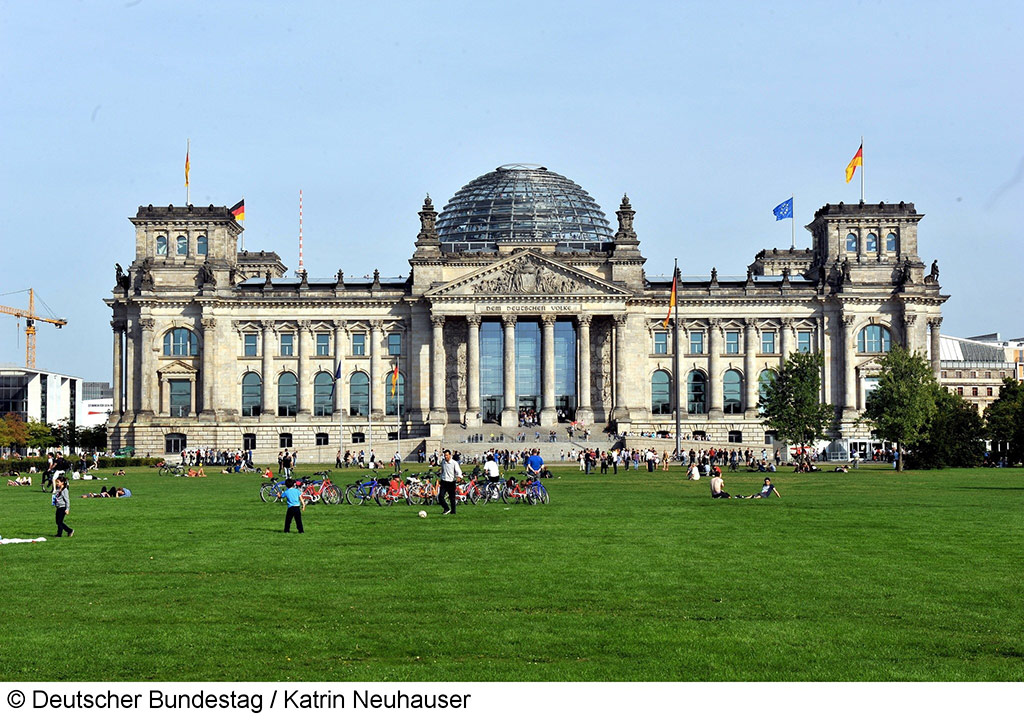
Rough Guides: Travel the Liberation Route Europe is a travel guide dedicated to remembrance sites and itineraries all over Europe.
Order your Rough Guides now!This itinerary takes you to a number of German military cemeteries, museums and other remembrance places throughout Europe that capture the German experience of World War II.
The journey will first take you to a German cemetery in Catania, Sicily, before continuing in Normandy for a visit to the Dead Man’s Corner Museum, La Cambe German military cemetery, and other important sites. In Luxembourg and Belgium, you will visit three war cemeteries where you can reflect upon the German losses suffered during the Battle of the Bulge.
In the Netherlands, you will visit the only German military cemetery of the country in Ysselsteyn. The three last days will take you to different locations in Germany: the Huertgen Forest area, Berlin and surroundings, and finally Munich in the Bavarian State.
The itinerary begins in Sicily where one German war cemetery can be visited in Motta San Anastasia, Catania. The cemetery contains 4,561 remains brought from all over Sicily. Travel to Normandy.
Day 2Start with a visit to the Dead Man’s Corner Museum, located on the site of the former headquarters of German paratroopers in Saint-Côme-du-Mont. This part of the museum features an authentic collection of artefacts illustrating the D-Day landings as lived by the Germans (as opposed to The D-Day Experience that presents the American perspective). Continue towards Omaha Beach and walk through the La Cambe German cemetery, which contains around 21,200 graves of Germans killed in the summer of 1944.
Day 3Head to Longues-sur-Mer German battery, one of the best located German defensive batteries on D-Day, where some of the original cannons are still able to be seen. These firing shells weighed 45 kg and could shoot a target 22 km away. Head further east along the coast to visit the Atlantic Wall Museum in Ouistreham, located inside the former German headquarters. Travel to the Alsace region in northeastern France.
Day 4Upon your arrival in Alsace, visit the Memorial Alsace-Moselle in Schirmeck that tells the story of the region switching from French to German perspectives. Continue with a visit to the German military cemetery in Niederbronn-les-Bains where 15,809 German casualties of World War II are buried. At the same location, you can check out the Centre Albert Schweitzer, an international meeting centre for school groups, associations and enterprises, and ‘Fates of War’ permanent exhibition which tells the stories of twelve victims of the war. Make your way through southern Luxembourg.
Day 5Begin with a visit to Sandweiler German military cemetery where 10,913 German soldiers who died during the Battle of the Bulge are buried. Check out the National Military History Museum in Diekirch before heading further north to the Belgian Ardennes. Visit the Bastogne War Museum and the German war cemetery in Recogne. Continue towards Lommel where you can witness the largest German military cemetery in Western Europe outside of Germany, holding 39,102 burials. Travel to the province of Limburg in the Netherlands.
Day 6Visit Ysselsteyn military cemetery, the only German military cemetery in the Netherlands. Almost 32,000 killed soldiers from WWII are buried here. Continue towards the town of Beek and visit the Eyewitness Museum to discover the story of the fictional German paratrooper August Segel. The museum’s exhibition features original attributes and uses life-sized mannequins to depict various wartime scenes through thirteen dioramas. At the end of the day, make your way across the Huertgen Forest area in Germany.
Day 7Several military cemeteries can be visited in Germany that commemorate the numerous German casualties of the war. Start with a visit to the Huertgen war cemetery where 3,001 German casualties of the fierce battle fought in the Huertgen Forest in the autumn and winter of 1944-1945 are buried. Then check out the Vossenack cemetery that was constructed on the strategic site of Hill 470 and contains the graves of 2,347 German war dead. Continue further south to visit the Vogelsang IP, an international place of remembrance addressing issues regarding our present social life.
Day 8Arrive in Berlin and explore the Reichstag Building and the German Resistance Memorial Center. Check out the Memorial to the Murdered Jews of Europe (Holocaust Memorial) and spend some time in the German-Russian Museum, located at the site of the unconditional surrender of Germany on 8 May 1945 in Berlin-Karlshorst. Continue to the Halbe German cemetery in the the Dahme-Spreewald district. With 22,500 burials this is one of the biggest war cemeteries in the country.
Day 9Travel south towards Nuremberg in the Bavaria region and visit the Documentation Center Nazi Party Rally Grounds, which stands on the site of the unfinished Congress Hall of the former Nazi party rallies. Continue south to reach Munich, Bavaria’s capital, where you can visit a German war cemetery and Munich City Museum. The museum’s permanent exhibition is dedicated to the history of National Socialism in Munich from 1918 until 1945. End of the tour.

